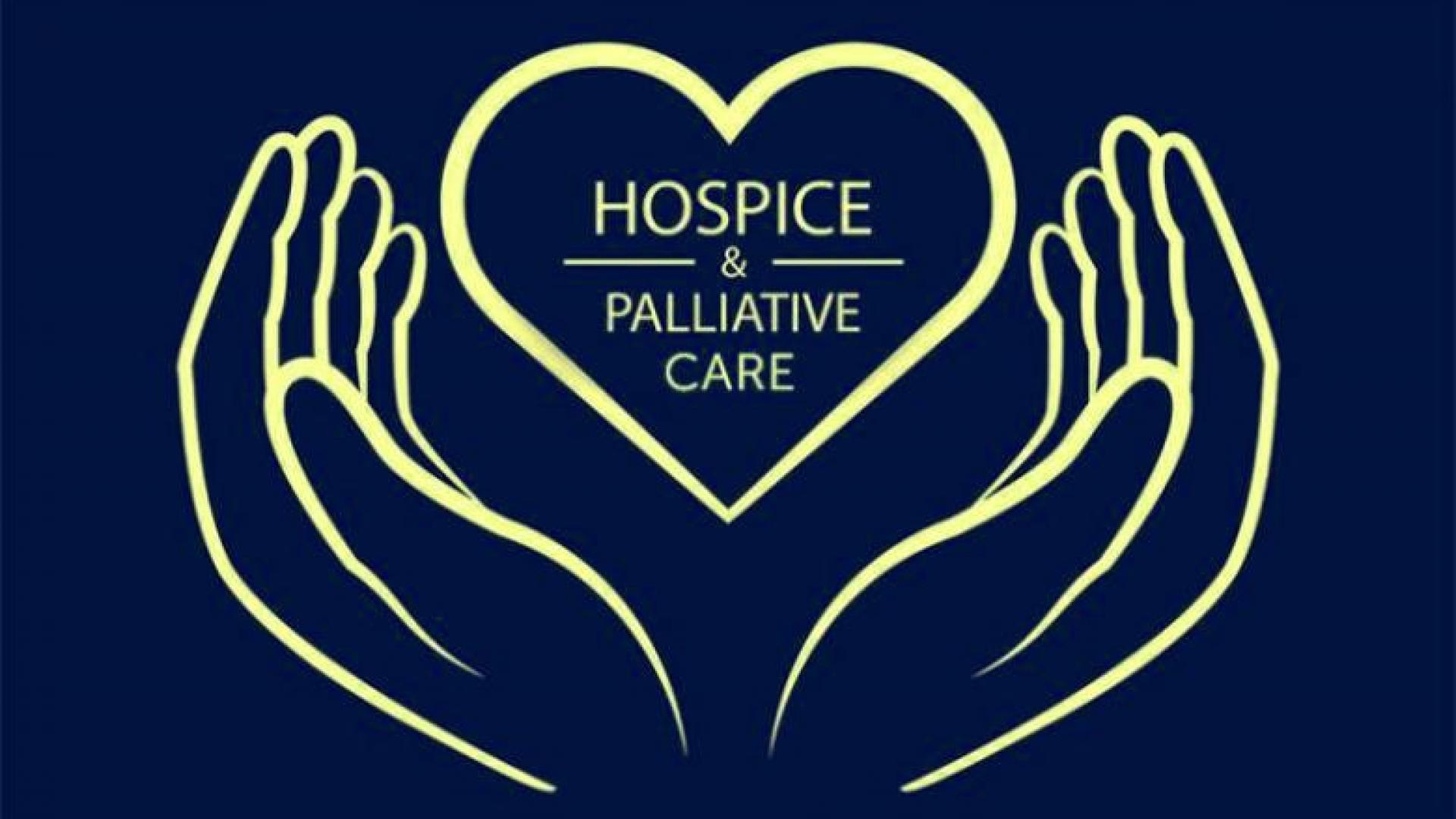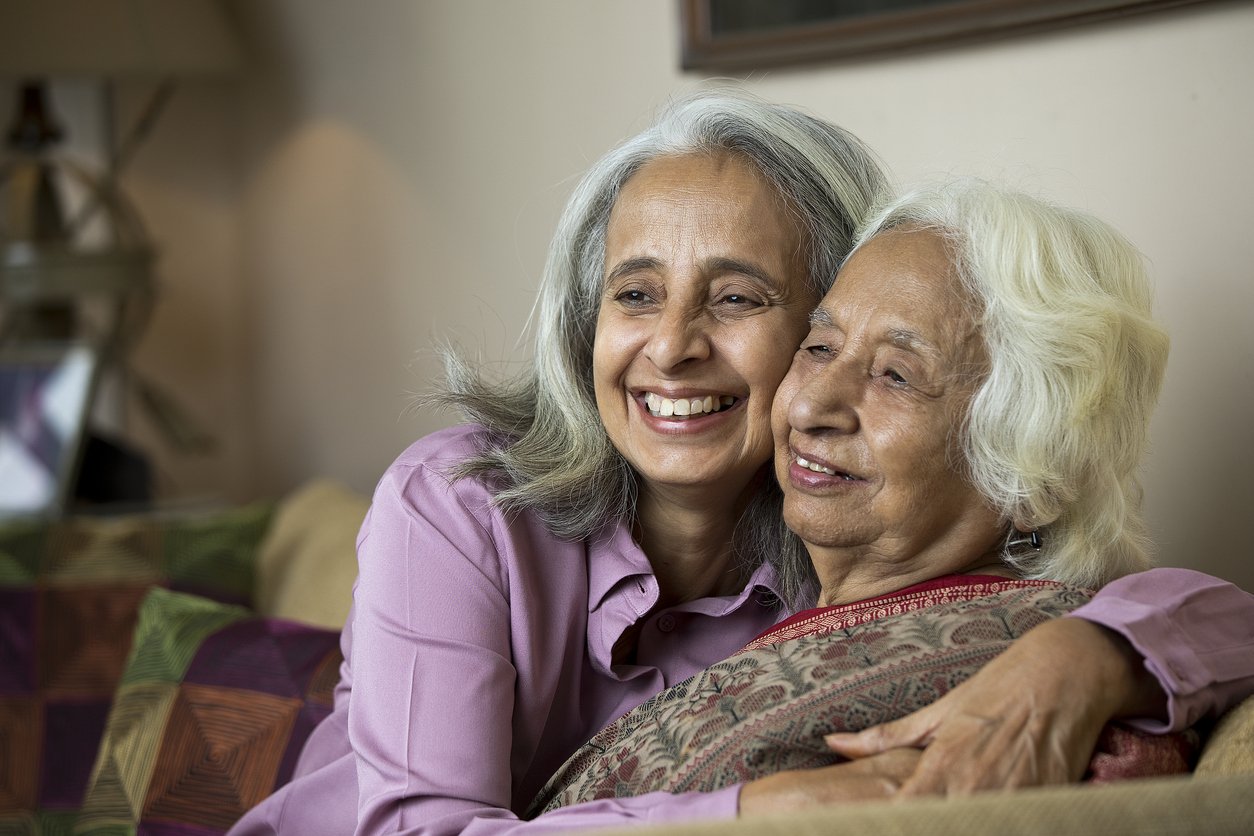
Learn about the many benefits that hospice and palliative care can provide.
Dorothy* was diagnosed with Alzheimer’s many years ago. For the last three years she lived in a small residential home. She was widowed, and had no children, but a large extended family. Everyone who visited agreed she looked well. She was well nourished, and she seemed comfortable in her environment. She was completely dependent on her caregivers for all activities of daily living (bathing, dressing, toileting, eating, transferring, continence), and the caregivers were attentive to her needs. Her extended family visited her frequently, and were very pleased with the care she received.
Still, as is true for so many family caregivers, her family was new to their role and to the effects of Alzheimer’s. They did not know what to expect. With each passing year, they learned by being with her, and from her team of physicians and caregivers.
In Dorothy’s case, she eventually stopped eating, and no amount of assistance or cajoling could force her to do so. Her doctor prepared them for what that meant, and recommended she be admitted to hospice. They agreed, knowing they had done all they could do. Despite their pain as they watched her decline over so many years, they were comforted in knowing she had good care, with her needs well met.
Hospice vs. Palliative Care
“What is the difference between palliative and hospice care?”
Palliative Care
- Focuses on relief from physical suffering.
- The patient may be being treated for a disease or may be living with a chronic disease, and may or may not be terminally ill.
- Addresses the patient’s physical, mental, social, and spiritual well-being, is appropriate for patients in all disease stages, and accompanies the patient from diagnosis to cure.
- Uses life-prolonging medications. Uses a multi-disciplinary approach using highly trained professionals.
- Is usually offered where the patient first sought treatment
Hospice
- Makes the patient comfortable and prepares the patient and the patient’s family for the patient’s end of life when it is determined treatment for the illness will no longer be pursued.
- Does not use life-prolonging medications.
- Relies on a family caregiver and a visiting hospice nurse.
- Is offered at a place the patient prefers such as in their home; in a nursing home; or, occasionally, in a hospital.1
When It is Time for Hospice
Dorothy’s family was agreeable to her admission to hospice. Although her home care team provided excellent care, the family still preferred the addition of in-home hospice, because it added a level of care and support for both her and her family. In Dorothy’s situation, she could stay where she was and hospice care would come to her. Her caregivers of many years would also remain with her.
Exactly how does one qualify for hospice? Under Medicare Part A guidelines, hospice eligibility must include the following three conditions:
- Your loved one’s physician or nurse practitioner, and the hospice physician, certify that your loved one is terminally ill – that is, they are within the last six months of life.
- You accept palliative care for your loved one – which is care for their comfort, versus care to cure their illness.
- You choose hospice care for your loved one’s terminal illness, and sign a statement documenting your choice.
Being Admitted to Hospice
It is true that another diagnosis can be the one that qualifies a person for hospice. In Dorothy’s case, she was otherwise healthy and without any other qualifying medical conditions, so when she stopped eating, and her physician believed and would certify she would live less than six months, he recommended hospice.
The additional support that hospice provides to the patient is just one of it’s benefits. The patient’s family and caregivers can benefit too. The hospice team is made up of a doctor, nurse, social worker, chaplain, caregivers, and volunteers. This team is available to caregivers during a loved one’s time in hospice, as well as after they pass away. Grief and loss counseling are available – both one-on-one, and in groups.
Palliative Care for Comfort and Quality of Life
Hospice care, as we’ve discussed, is care at the end of life. Over the last few decades, palliative care has become more widely used to treat pain and many other symptoms related to illness. It can be used at any stage of one’s illness. Its purpose is to provide comfort, and improve quality of life.
The National Institutes of Health and the National Institute of Nursing Research define palliative care as “the treatment of the discomfort, symptoms, and stress of serious illness. It provides relief from distressing symptoms, including pain, shortness of breath, fatigue, constipation, nausea, loss of appetite, problems with sleep.”
While palliative care is part of hospice care, in that it is meant to provide comfort care, it also stands alone and is used at any stage of an illness when one is experiencing distressing and painful symptoms. For a person with Alzheimer’s, palliative care can be an option at any time during the disease process, and can help alleviate any distressing symptoms related to Alzheimer’s or other conditions.
About BrightFocus Foundation
BrightFocus Foundation is a premier global nonprofit funder of research to defeat Alzheimer’s, macular degeneration, and glaucoma. Since its inception more than 50 years ago, BrightFocus and its flagship research programs—Alzheimer’s Disease Research, Macular Degeneration Research, and National Glaucoma Research—has awarded more than $300 million in research grants to scientists around the world, catalyzing thousands of scientific breakthroughs, life-enhancing treatments, and diagnostic tools. We also share the latest research findings, expert information, and resources to empower the millions impacted by these devastating diseases. Learn more at brightfocus.org.
Disclaimer: The information provided here is a public service of BrightFocus Foundation and is not intended to constitute medical advice. Please consult your physician for personalized medical, dietary, and/or exercise advice. Any medications or supplements should only be taken under medical supervision. BrightFocus Foundation does not endorse any medical products or therapies.
- Perspectives








